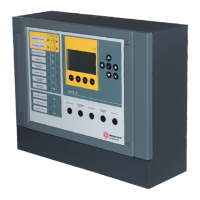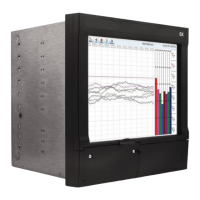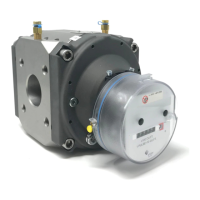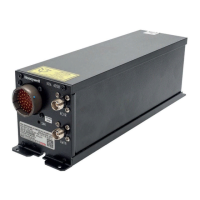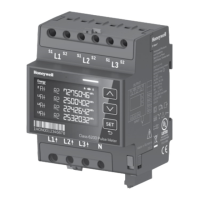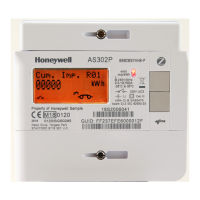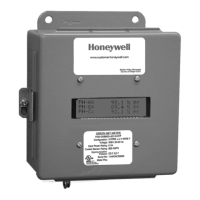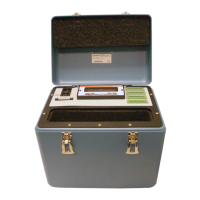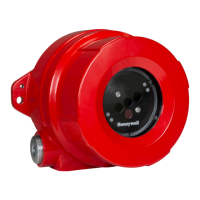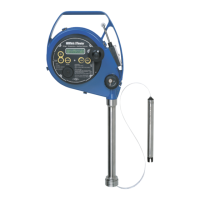AM_8200 Programming Manual PAGE - 65
AM82000_manu-prog-ENG Doc. M-162.1-AM8200-ENG Rev A2 NOTIFIER ITALIA
It is not allowed to write a CBE for an inverse group, if the operands contained inside the round
brackets are some groups having an index higher than the group for which the CBE must be associated
as in the following example:
CBE not allowed
CBE allowed
XGRP
is the operator which requires AT LEAST TWO elements of the group indicated below, to be ACTIVE.
FORMAT : XGRP (GXXX) where GXXX= Group 1 400
Example: the equation of an output module is XGRP (G23)
- IF ANY COMBINATION of two or several input devices (sensors or modules), which have been programmed
(with their CBE Equation) on this software group (through the Double Consent parameter = YES.), they are
ACTIVE.
- THEN this output module will be activated.
Or only when a thermal sensor
( type-id “THER”) and an optical sensor (type-id “PHOT” ) which have been programmed
(through their CBE Equation) on this software group (through the Double Consent parameter = NO), are ACTIVE.
- THEN this output module will be activated,
-
It is not allowed to write an equation of an output module with several groups as in the following
example:
CBE not allowed
G305 = (G306 G307)
G307 = (G305 G306)
XGRP (G23 G24)
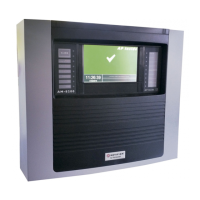
